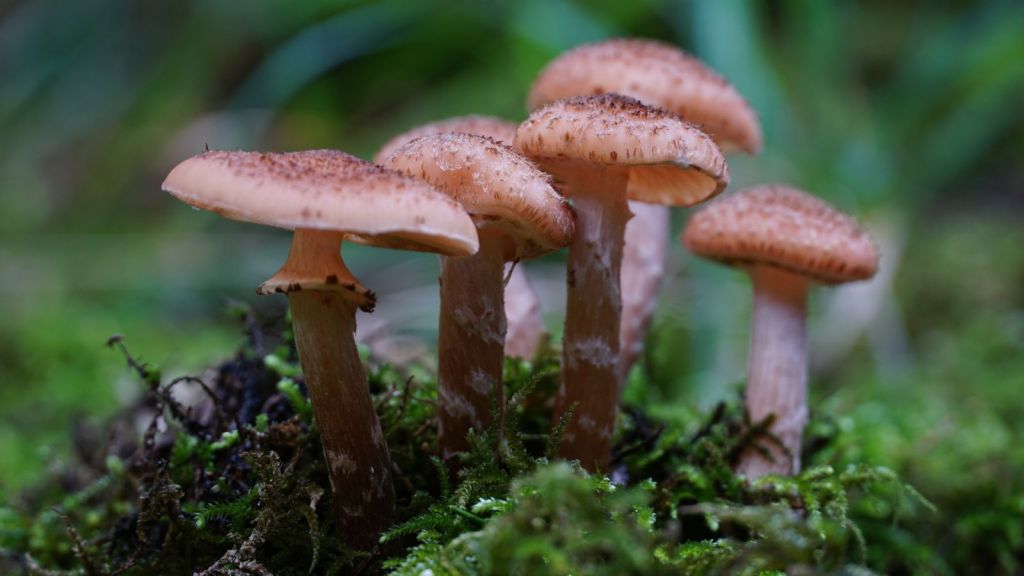“Unveiling the Hidden World: 14 Mind-Blowing Mushroom Facts You Never Knew Existed!”
Did you ever stop to think that the humble mushroom—often dismissed as just a pizza topping—shares more DNA with you than with your favorite salad? Seriously! These fascinating fungi are like the quirky cousins at the family reunion of life forms, more closely related to animals than to plants. They don’t just serve up a delicious addition to our meals; they also play a vital role in our ecosystems, healthcare, and even in technology! With over 10,000 mushroom species known in North America and many more yet to be discovered, it’s time to dive into the whimsical world of mushrooms and uncover 14 crazy facts that might just flip your perception upside down! So, are you ready? LEARN MORE.
Did you know that mushrooms are more closely related to animals than they are to other plants? Well, that’s one of the many cool facts about mushrooms. Besides making your food tasty (as long as they’re the right type), these mysterious organisms are also important for the environment, medicine, and science.
With over 10,000 known species in North America alone, mushrooms’ diversity is amazing. Yet scientists suspect we’ve only scratched the surface. Let’s find out 14 cool facts that will make you appreciate mushrooms in a new light.
1. Mushrooms are the Largest Life Forms on Earth


When you think of mushrooms, you imagine them as small and delicate creatures. However, mushrooms are fascinating in how they can spread but still be considered part of a single fungi body. Such is the case of the honey mushroom (Armillaria ostoyae), which is found in the Malheur National Forest in Oregon, USA.













